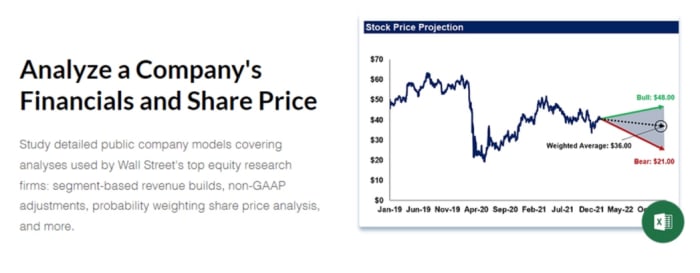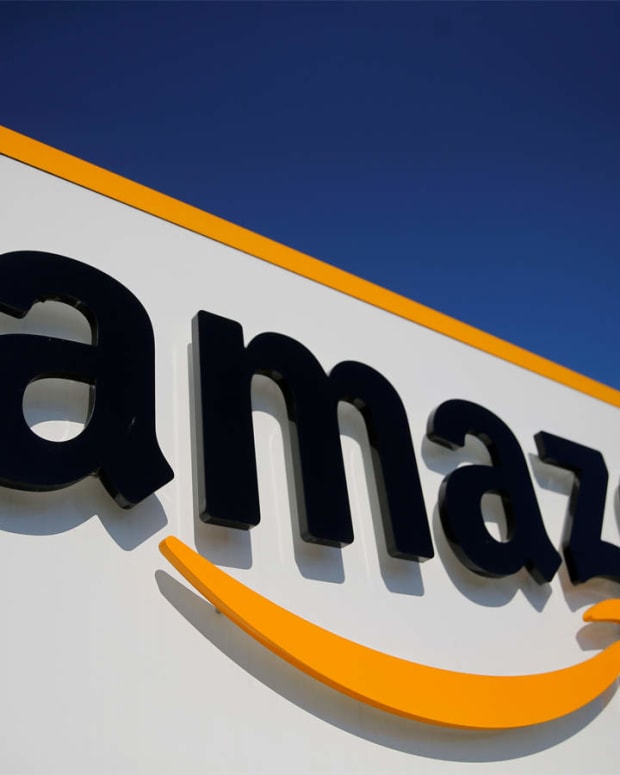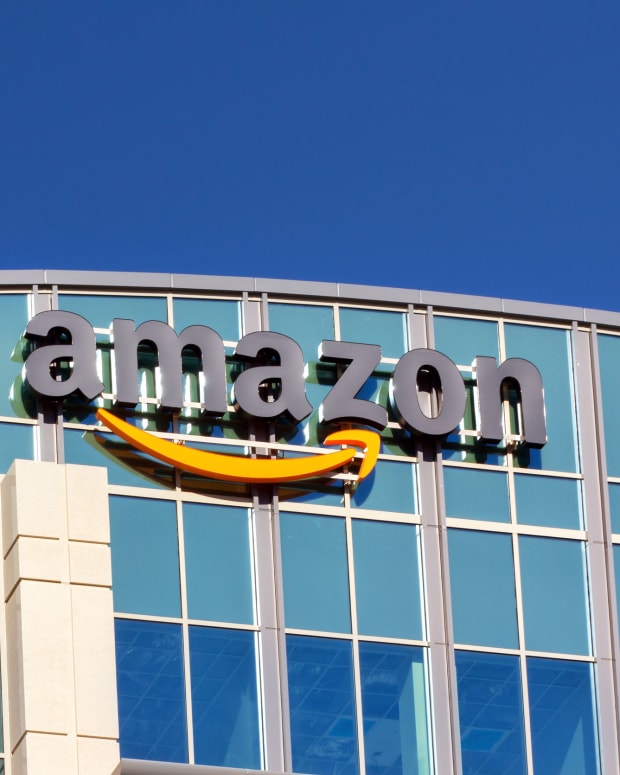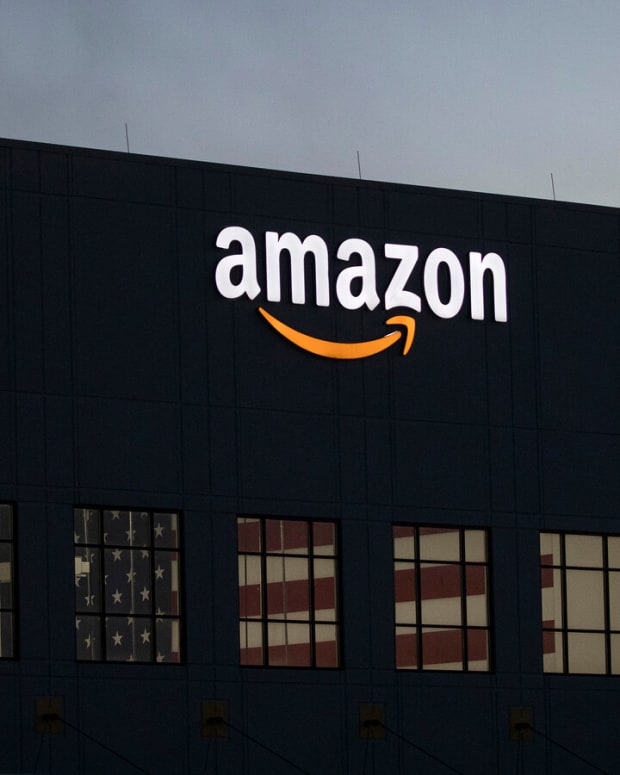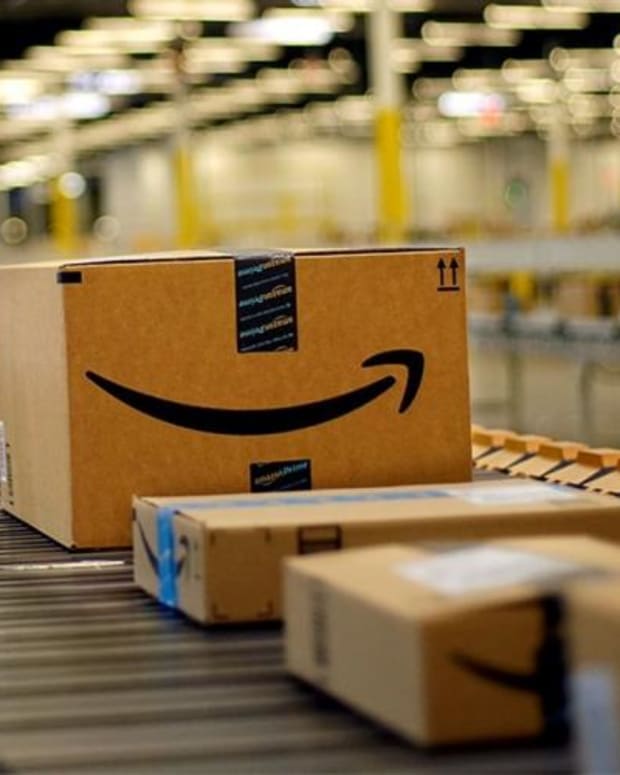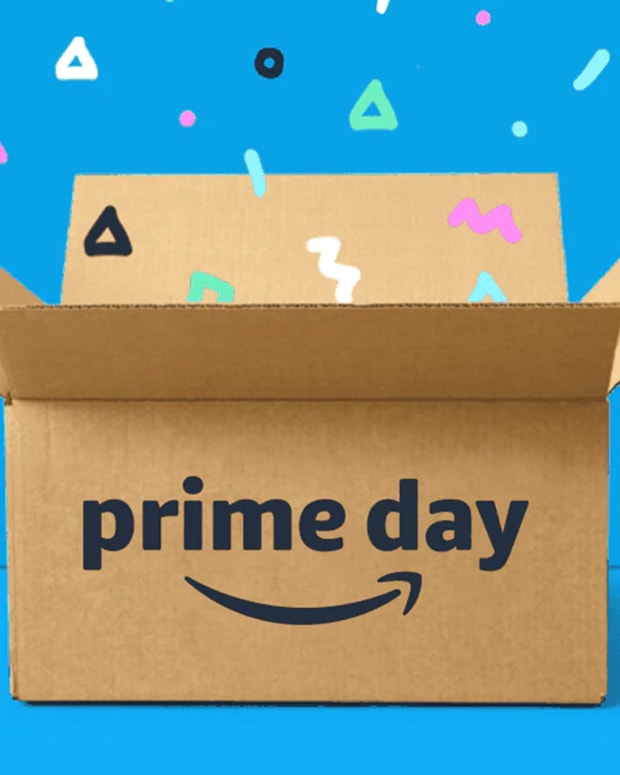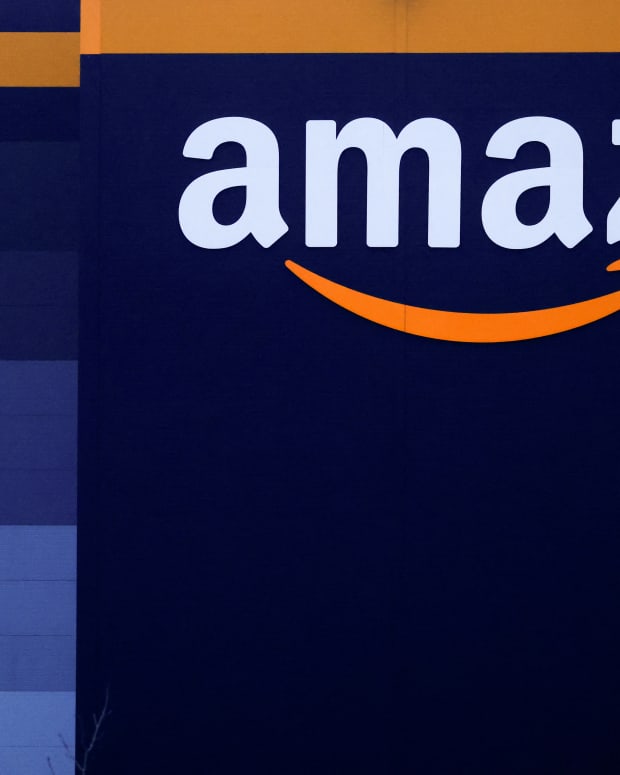Is Amazon Stock a Buy? Here’s What One Expert Has to Say
The Motley Fool’s Will Ebiefung recently published his bullish take on Amazon stock. The expert acknowledges the company’s struggles amid both external and internal post-pandemic headwinds. Still, Mr. Ebiefung believes the e-commerce behemoth is poised for long-term growth.
The author’s perspective meshes well with the Amazon Maven’s long-term thesis for Amazon. However, though we might agree on the what, we do have somewhat different views on the how. Here’s a quick comparison of our theses.
(Read more from Amazon Maven: Should Amazon (AMZN) Investors Be Worried About FedEx's Warning?)
Solid growth drivers beyond e-commerce
This is where we find the most common ground with Ebiefung. Despite AMZN’s bottom line losses in the last two quarters, Amazon bulls argue that Bezos has paved the way to long-term success by carefully developing a full-fledged Amazon ecosystem.
AWS has boasted double-digit growth since at least 2017 and has 30% operating margins. The company’s cloud arm has been at the center of many Amazon bulls’ theses; its profitability has been able to compensate for losses across the company’s other segments, including e-commerce.
Meanwhile, Prime membership continues to deliver outsized benefits to consumers: According to JP Morgan’s Doug Anmuth, the package of benefits delivered by Amazon Prime Is worth roughly eight times the $139 annual cost. On a related note, Amazon’s rapid expansion into media production, coupled with its massive resource base, could allow it to crush streaming competition - such as Netflix - in the long run.
Let’s also not forget Amazon’s ad business, which has been delivering outstanding revenue growth. In fact, Amazon’s ad revenue just recently surpassed YouTube’s.
How E-commerce Will Perform
The major difference between Ebiefung’s and the Amazon Maven’s perspectives comes down to Amazon’s e-commerce future. Amazon has suffered from macroeconomic pressures - including disrupted supply chains and increased costs - since the beginning of the pandemic.
Mr. Ebiefung believes Amazon’s plans to explore new markets, such as Africa and Latin America, could help the company compensate for its top-line deceleration. The Amazon Maven is not as optimistic though. And the reason is the e-commerce industry’s very nature.
Since profit margins per product sold are highly constricted, online retailing requires buying and selling at scale. But establishing and growing the required infrastructure across new continents would be highly costly.
We don’t see long-term returns matching others’ rosy expectations. Latin America’s e-commerce industry was worth $85 billion in 2020. Africa’s was only half of that; it’s projected to reach $43 billion by the end of 2022. By comparison, US e-commerce was worth $768 billion in 2021 and is projected to reach $1.3 trillion by 2025.
Emerging markets, then, seem like the proverbial drop in the bucket. We don’t see a solid return on investment for Amazon’s efforts there.
AWS, Not E-commerce, Is Key
Expanding into new, potentially expensive markets is not the answer to Amazon’s top-line growth problems. We see such moves leading to fruitless infrastructure investments.
Any revenue growth would come at the expense of depleting Amazon’s cash flows. This makes sense when the objective is to make expansions within the larger, more profitable US online retail market. But it doesn’t seem reasonable when it comes to Latin America’s or Africa’s much smaller e-commerce industries.
Amazon already has some modest operations in Latin America and in Africa. But much profitability have we seen from Amazon’s International Segment? Not much.
On the other hand, Amazon has plenty of other growth drivers, with AWS being the flagship segment, as it were. Mr. Ebiefung himself points out that AWS added new big-ticket clients recently, including Delta Air Lines, Riot Games, and Jeffries Investment Bank. As a result of new client acquisitions, AMZN’s cloud arm operating income surged 36% in the second quarter. That gain helped to offset losses across the comapny’s e-commerce segments.
In my opinion, the number one reason to invest in Amazon remains AWS’ colossal growth rates. I believe investors should focus primarily on the cloud arm’s growth drivers.
That being said, they should also watch out for large and risky investments made within this space; any hit to Amazon’s “cash cow” could be devastating to the company’s overall profitability.
Land a Top Equity Research Job with Peak Frameworks
Equity research is a great career path that combines deep industry analysis and financial modeling, while exposing you to the strategic frameworks of many different types of investors in the stock market.
Many students have used the Peak Frameworks Equity Research course to break into the industry out of school, or to transition into the field from a non-finance career path. The lead instructor has experience working at Goldman Sachs and J.P. Morgan and was involved in the recruiting process at both banks, so you’ll get a comprehensive view of the skills you need to get and prepare for an interview.
To learn more, click on this link and use the code APPLEMAVEN10 for 10% off the course.
(Disclaimers: this is not investment advice. The author may be long one or more stocks mentioned in this report. Also, the article may contain affiliate links. These partnerships do not influence editorial content. Thanks for supporting the Amazon Maven)


